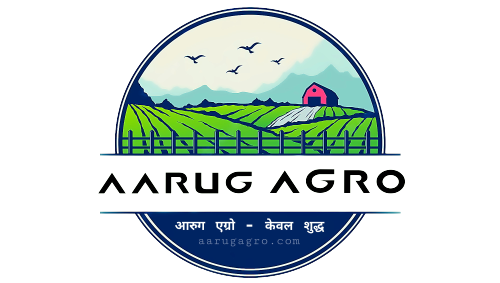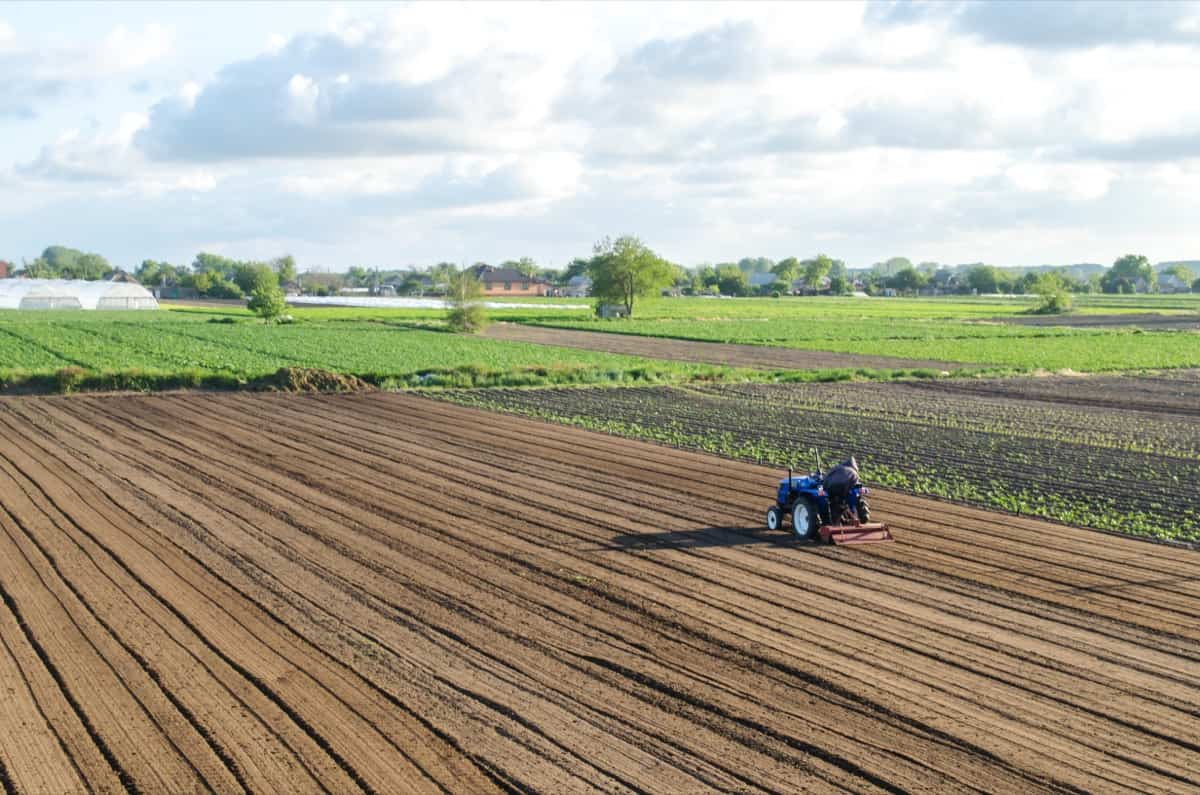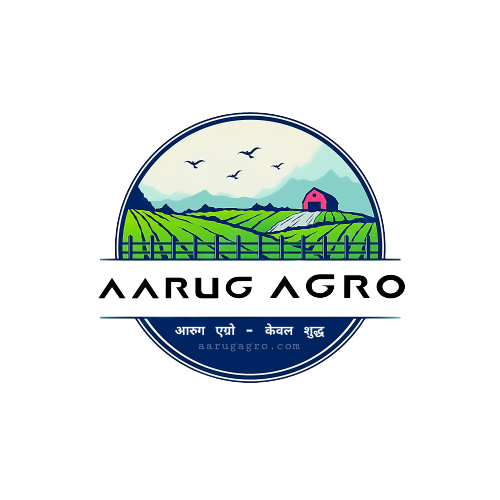Integrated organic farming: Integrated organic farming combines various agricultural practices to create a sustainable and self-sufficient farming system that minimizes synthetic inputs and protects the environment. This article provides a comprehensive step-by-step guide on how to start an integrated organic farming business, encompassing key aspects and subheadings for easy navigation.
- Research and Planning: Conducting thorough research and planning is crucial for a successful integrated organic farming venture.
- Assessing Market Demand and Identifying Target Market: Evaluate the market demand for organic products in your area and identify the target market for your farm produce.
- Land Selection and Acquisition: Choose a suitable piece of land that meets the requirements for integrated organic farming, such as soil quality, water availability, and access to markets.
- Formulating a Farming System: Develop a farming system that integrates crops, livestock, and natural resources to create a balanced and sustainable ecosystem.
- Crop-Livestock Integration: Integrate crop cultivation with livestock rearing to establish a symbiotic relationship that maximizes resource utilization and nutrient cycling.
- Soil Management and Fertility Enhancement: Implement practices such as composting, cover cropping, and reduced tillage to improve soil fertility, structure, and water-holding capacity.
- Crop Diversity and Rotation: Opt for a diverse range of crops and practice crop rotation to enhance soil health, control pests and diseases, and improve overall productivity.
- Biological Pest and Disease Control: Employ natural pest control methods, such as attracting beneficial insects, companion planting, and using physical barriers, to minimize the need for chemical pesticides.
- Water Conservation and Irrigation: Implement water-saving techniques like drip irrigation, mulching, and rainwater harvesting to conserve water resources and optimize irrigation practices.
- Agroforestry and Biodiversity Conservation: Incorporate trees and shrubs into your farming system to provide shade, windbreaks, and additional sources of income while promoting biodiversity conservation.
- Organic Certification and Compliance: Understand the requirements and regulations for organic certification in your region and ensure compliance with organic standards.
- Marketing and Sales Strategies: Develop effective marketing and sales strategies to promote your organic products, including direct sales, farmer’s markets, and online platforms.
- Financial Planning and Management: Prepare a comprehensive financial plan, including budgeting for initial investments, operational costs, and potential revenue streams.
- Continuous Learning and Improvement: Stay updated with the latest research and advancements in integrated organic farming practices. Attend workshops, conferences, and connect with other farmers to foster knowledge exchange.
Here are some key aspects and benefits of integrated organic farming:
- Crop-Livestock Integration:
- Integrate crop cultivation with livestock rearing to create a symbiotic relationship.
- Use livestock manure as organic fertilizer for crop production, reducing the need for synthetic fertilizers.
- Utilize crop residues and by-products as feed for livestock, minimizing feed costs.
- Crop Diversity and Rotation:
- Plant a diverse range of crops to improve soil fertility and nutrient cycling.
- Practice crop rotation, alternating between different plant species, to break pest and disease cycles and maintain soil health.
- Intercrop compatible plants to maximize land utilization and reduce weed growth.
- Agroforestry:
- Incorporate trees and shrubs into farming systems to provide shade, windbreaks, and additional sources of income.
- Agroforestry systems can improve soil structure, conserve water, and enhance biodiversity.
- Trees can also be used to produce fruits, nuts, or timber, diversifying income streams.
- Biological Pest and Disease Control:
- Promote natural pest control through the use of beneficial insects, birds, and other organisms.
- Implement companion planting techniques to repel pests or attract beneficial insects.
- Use physical barriers, traps, and natural repellents to manage pests and diseases.
- Soil Management:
- Adopt practices to improve and maintain soil health, such as organic matter addition, cover cropping, and reduced tillage.
- Use compost and organic fertilizers to enhance soil fertility and structure.
- Practice proper water management techniques to prevent soil erosion and conserve water resources.
- Water Conservation:
- Employ water-saving techniques like drip irrigation, mulching, and rainwater harvesting.
- Implement contour plowing and terracing to minimize water runoff and soil erosion.
- Choose drought-tolerant crop varieties suited to the local climate.
- Biodiversity and Habitat Conservation:
- Create and maintain natural habitats within the farm to support beneficial insects, birds, and other wildlife.
- Preserve or restore native vegetation, wetlands, or water bodies.
- Avoid the use of chemical pesticides and genetically modified organisms (GMOs) that may harm biodiversity.
Benefits of Integrated Organic Farming:
- Reduced reliance on synthetic inputs, minimizing environmental pollution.
- Improved soil fertility, structure, and water-holding capacity.
- Enhanced biodiversity and ecosystem services.
- Production of healthier and safer food without chemical residues.
- Diversification of income through multiple products and value-added activities.
- Resilience to climate change and extreme weather events.
- Lower production costs in the long term.
- Enhanced farmer autonomy and self-sufficiency.
Conclusion: Starting an integrated organic farming business requires careful planning, thorough research, and a commitment to sustainable practices. By following the steps outlined in this guide and adapting them to your specific circumstances, you can embark on a rewarding journey towards creating a thriving and environmentally friendly farm. Remember, continuous learning and innovation are key to success in the dynamic field of integrated organic farming.
- Crop-Livestock Integration:


